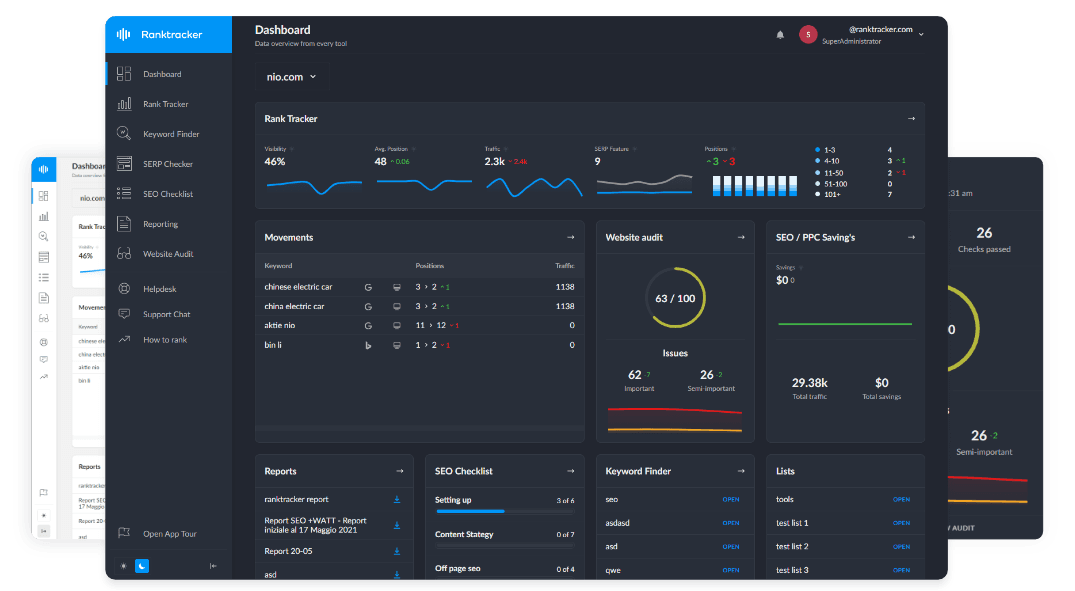Intro
Many foreign companies believe translation is localization. It isn’t.
In Japan, this misunderstanding leads to weak engagement. Japanese consumers read differently. The context, tone, and even formatting matter more than you think. Directly translating your website or blog might keep the message intact, but it fails at resonating with the reader.
One major issue is awkward phrasing. Japanese syntax doesn't follow English structure. So, even if your translation is accurate, it can feel unnatural. That disconnect pushes visitors away. Engagement drops. Bounce rates go up. Google sees that. You rank lower.
Here’s where many get it wrong: assuming "more words" means more impact. In Japan, it’s often the opposite. Short, clear phrasing wins. Honorifics and polite forms are important. If you ignore tone, it’s obvious you're foreign.
Companies that succeed here invest in native writers. They don’t just translate—they rewrite content for the Japanese audience. Local SEO agencies often build new landing pages entirely from scratch because they know what works.
Keyword research isn’t just about language

Keyword tools work differently in Japan.
The All-in-One Platform for Effective SEO
Behind every successful business is a strong SEO campaign. But with countless optimization tools and techniques out there to choose from, it can be hard to know where to start. Well, fear no more, cause I've got just the thing to help. Presenting the Ranktracker all-in-one platform for effective SEO
We have finally opened registration to Ranktracker absolutely free!
Create a free accountOr Sign in using your credentials
Let’s get this straight: you can’t just translate your English keywords and hope they’ll rank. That shortcut will cost you traffic.
Japanese is complex. It uses three scripts—Kanji, Katakana, and Hiragana. And people often mix them in searches. One product could be searched in three to five different ways. If you don’t account for that, you’re invisible.
Also, search trends differ. In English markets, people often search based on direct product names. In Japan, many search by need or benefit. For example, instead of “online English classes,” they might type “英語 話せる よう になりたい” (“I want to be able to speak English”). That’s not a phrase most keyword tools in English would even detect.
Let’s take an actual insight: According to data from Infocubic, over 40% of foreign sites targeting Japan miss the top 50 results simply due to incorrect keyword usage. That’s not a small issue. That’s your business being invisible.
Invest in a Japan-specific keyword tool like Ahrefs Japan, or better, hire someone fluent in SEO and Japanese. This isn’t something to guess through.
Yahoo! Japan still matters
Many foreign marketers assume Google is everything. It’s not in Japan.
Yahoo! Japan holds a significant share of the search engine market—around 20% as of 2024. And it’s not a Google clone here. Yahoo! Japan has its portal, ad network, and user behavior.
The All-in-One Platform for Effective SEO
Behind every successful business is a strong SEO campaign. But with countless optimization tools and techniques out there to choose from, it can be hard to know where to start. Well, fear no more, cause I've got just the thing to help. Presenting the Ranktracker all-in-one platform for effective SEO
We have finally opened registration to Ranktracker absolutely free!
Create a free accountOr Sign in using your credentials
It’s important to understand this: Yahoo! Japan caters to a different demographic. It’s older, more formal, and leans toward information-rich pages. If your SEO only targets Google, you’re missing millions of potential users.
This also changes how you optimize. Yahoo! Japan places more emphasis on structured data, page hierarchy, and old-school meta tag usage. It even prioritizes portals and curated content lists more than Google does.
The bottom line: if your strategy ignores Yahoo! Japan, your visibility is cut short—especially for users over 35, who make up a huge portion of e-commerce and service buyers.
Search intent works differently here
Japanese search behavior is distinct.
In Japan, search queries are polite, detailed, and often emotional. Instead of “best online school,” a user might type “口コミが多くて安心できるオンライン英会話スクール” (“An online English conversation school with many reviews and peace of mind”). That’s a very different level of detail.
If your pages aren’t speaking to that intent, they won’t rank—or convert.
One common theme in Japanese SEO is the use of 口コミ (user reviews), 体験談 (testimonials), and 比較 (comparisons). These words don’t just appear on review sites—they’re part of everyday search queries.
Understanding that can change how you build your pages. Adding a section with clear user reviews, detailed comparisons, and even FAQ-style answers directly improves both relevance and ranking. It’s not just about keywords—it’s about content that mirrors how users think.
This is particularly true in education. Let’s say you're offering online tutoring. A well-crafted page for 英会話 個人レッスン that includes comparisons, review excerpts, and a simple sign-up process will perform far better than a generic “about us” page.
Tailoring to intent means rewriting your funnel—search to landing to conversion—around what Japanese users actually ask.
Mobile-first is non-negotiable in Japan
Japan is a mobile-dominant country. That’s not an opinion—it’s what the data shows.
As of 2024, over 80% of all web traffic in Japan comes from mobile devices. Commuters browse while riding trains. Students search between classes. Families scroll in quiet evenings. Your website must load fast, look clean, and function perfectly on phones—or users will leave.
And here's the part most companies skip: Japanese users have high expectations for mobile design. The UI matters. Navigation must be smooth. Buttons must be easily tappable. If you’re using translated content on a clunky desktop-first layout, you’ve already lost them.
Google Japan also ranks mobile performance higher than many Western markets. A slow, unoptimized site doesn’t just irritate users—it drops your visibility. That means fewer clicks, fewer leads, and less business.
You need to test your layout on Japanese devices and browsers. Layouts that work in Chrome for the U.S. might break in Safari or Yahoo! Japan apps. And if your contact forms are hard to fill or your fonts don’t match local readability standards, you’re pushing conversions away.
The All-in-One Platform for Effective SEO
Behind every successful business is a strong SEO campaign. But with countless optimization tools and techniques out there to choose from, it can be hard to know where to start. Well, fear no more, cause I've got just the thing to help. Presenting the Ranktracker all-in-one platform for effective SEO
We have finally opened registration to Ranktracker absolutely free!
Create a free accountOr Sign in using your credentials
Take an example from education tech. Many users searching for 英語 家庭教師 (English home tutors) are parents. They use mobiles to compare options quickly. If your platform isn’t loading fast or looks outdated, they’ll switch in 10 seconds. Speed, clarity, and trust—those are the only three things your mobile design should focus on.
Final thoughts
Here’s what it all comes down to—SEO in Japan is about respecting the market.
It’s not just about traffic. It’s about context. You need to treat Japan not as a translation project but as its digital ecosystem. Foreign companies that assume the same global SEO playbook will work here get filtered out fast. The search engines notice. The users click away. It’s visible in every metric you track.
Don’t just localize your homepage. Localize your thinking.
Here are the shifts that matter:
-
Translate only when it’s rewritten for cultural context.
-
Build keyword lists in Japanese, not from translation.
-
Track Yahoo! Japan alongside Google.
-
Write for user emotion and clarity, not just SEO tools.
-
Make mobile the first screen, not the second.
And one last thing—don’t assume your presence alone builds trust. Japanese users want social proof. Testimonials. Reviews. Word-of-mouth indicators. That’s why platforms like AmazingTalker do well here.

